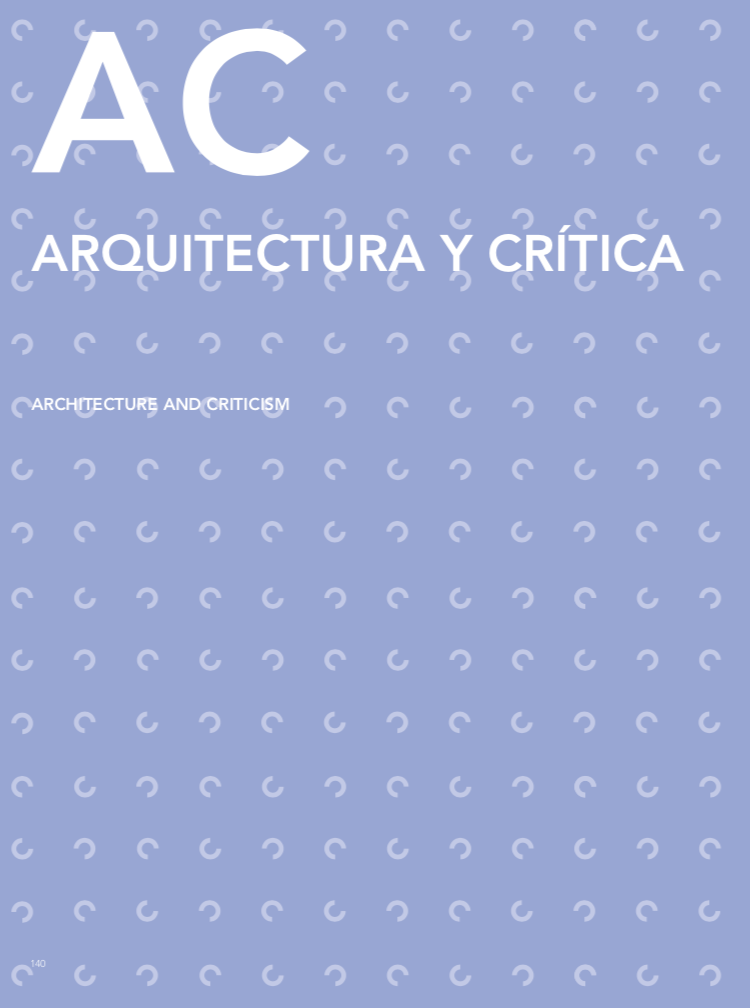Fábrica de ilusiones: Coworking, arquitectura y la pacificación de la contracultura
Main Article Content
Abstract
Las tecnologis de la informacion y las comunicaciones, las economis colaborativas y las ultimas crisis financie- ras han creado nuevas formas de organizacion de los espacios de trabajo, entre los cuales destaca el modelo deCowork. Este sistema organizativo ha producido importantes transformaciones en los espacios de trabajo y en las ciudades, procesos que han venido a exacerbar las condiciones laborales de precariedad que afectan espe- cialmente a las actividades vinculadas a la llamada industria cultural, incluyendo a la arquitectura, impulsando fuertes cambios en la organizacion de los espacios de trabajo y sobre las comunidades y barrios, y apoyando procesos de gentrificacion. Se trata de un modelo que ha estado caracterizado tanto por el riesgo, la volatilidad y la incertidumbre economica como por la apropiacion y la reificacion de simbolos e imagenes provenientes de los principales movimientos contraculturales del siglo XX
Abstract_
Information and communication technologies, collaborative economies and the latest financial crises have created new ways of organizing workspaces, among which the Cowork model stands out. This organizational system has produced important transformations in workspaces and in cities, processes that have exacerbated precarious working conditions that especially affect activities linked to the so-called cultural industry, including architecture, promoting strong changes in the organization of workspaces, communities and neighborhoods, and supporting gentrification processes. It is a model that has been characterized by both risk, volatility and economic uncertainly, as well as by the appropriation and reification of symbols and images from the main countercultural movements of the 20th Century.
Article Details
Materia Arquitectura provides immediate and free access to all the content of this online edition, published simultaneously with the print edition.
Materia Arquitectura does not charge authors for any concept.
All contents of this electronic edition are distributed under the Creative Commons license of "Attribución-shareAlike 4.0 Internacional" (CC-BY-SA).
The rights of the published texts and images belong to their authors, who grant Materia Arquitectura the license for their use. The management of the permits and the authorization of the publication of the images (or of any material) that contains copyright and its consequent rights of reproduction in this publication is the sole responsibility of the authors of the articles.
As long as they mention their origin, the authors are free to distribute their articles by other means. Any total or partial reproduction of the material must mention its origin.
